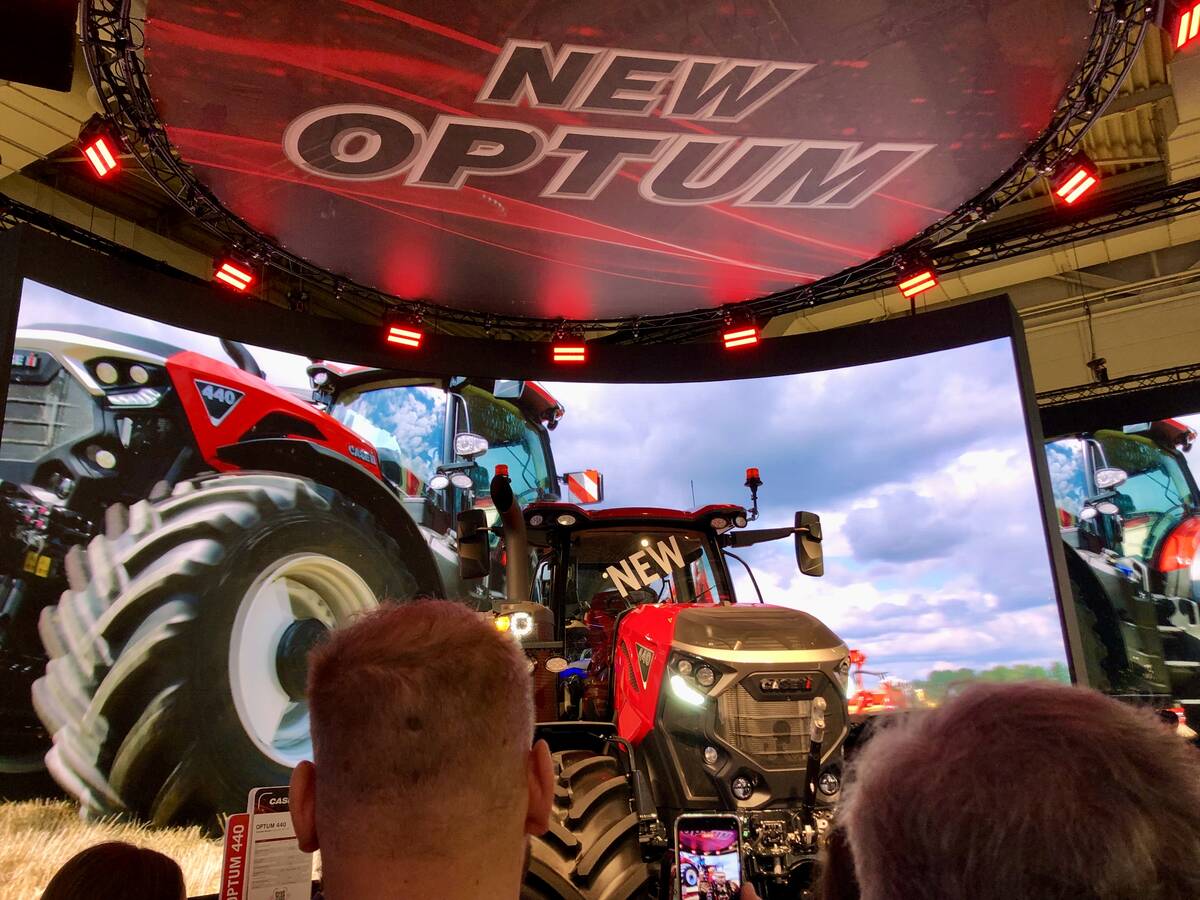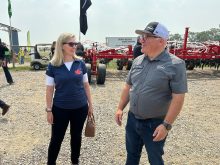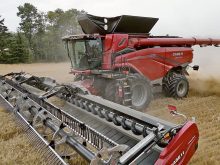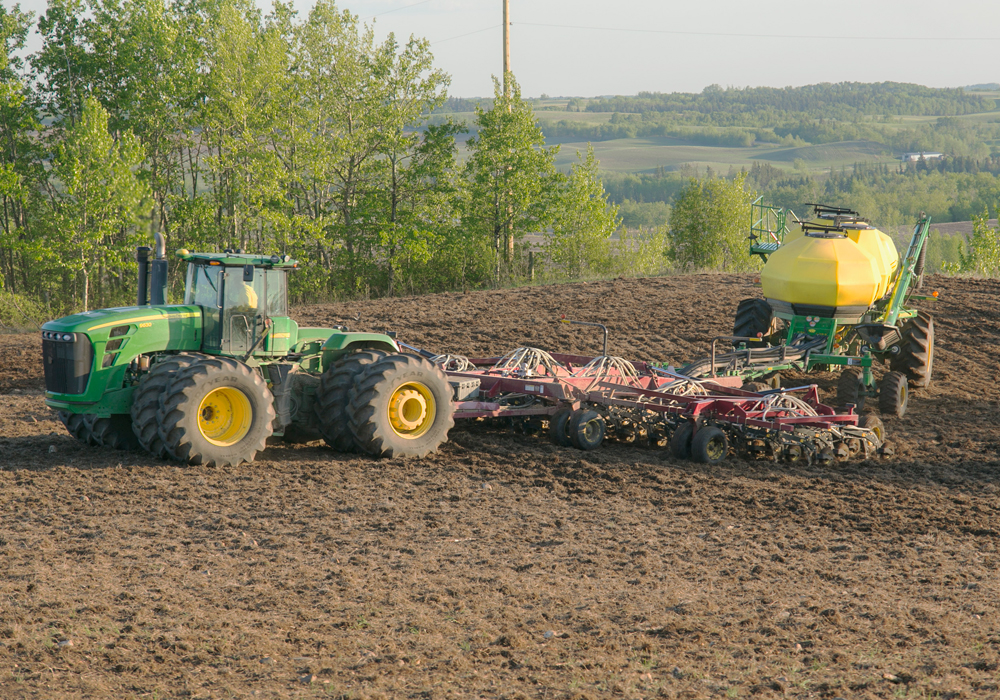Dry bean producers have long been told to stay out of fields when plants are wet because anthracnose spores are more likely to spread in damp conditions.
But research conducted last summer has an Ontario scientist questioning that advice.
Chris Gillard, a professor at the University of Guelph’s Ridgetown, Ont., campus, is looking at best management practices for growing pinto, black, navy and other dry beans.
An aspect of the project has focused on how anthracnose spreads within a field and to other fields.
Read Also

VIDEO: Case IH reveals new Optum tractor at Agritechnica 2025
Case IH reveals its new Optum tractor at Agritechnica 2025.
“Wind driven rain on infected plants, that came from infected seed, is the most common way for it (anthracnose) to move,” said Gillard, who specializes in dry bean agronomy and pest management.
“But it can also move on your pant leg, or your boots… or on tires of equipment that is going through the crop, or on iron, like metal from a cultivator.”
To understand how humans and equipment spread the spores, Gillard and his colleagues soaked swatches of leather, denim, rubber and metal with a spore culture of anthracnose.
The material was then tied to the leg of a Master’s student, who walked into small trial plots (three metres by six metres) of dry beans.
“You walk through the canopy letting that swatch of whatever rub against the plants,” Gillard said. “We did that when the canopy was dry and when the canopy was wet.”
After later surveying the plot, Gillard said the results were unexpected.
“I think what was the biggest surprise was how easily it (anthracnose) transmitted, even when the canopy was totally dry, in the middle of the day,” he said.
Gillard added that producers have always been told to avoid infected fields when it’s wet, but that advice is now in doubt.
“I don’t know if we can make that statement now,” he said.
Gillard was also surprised that the disease was transmitted by painted metal.
“I was using pieces of sheet metal that I bought at an auto parts place,” he said. “I honestly didn’t expect to see anything out of it and it was surprising how much (disease) we got, even out of that.”
Gillard, however, said that it’s too early to come to definitive conclusions because the data set is too small.
Which is why his team is again walking into small plots this summer, with swatches of metal, leather, rubber and denim on their legs.















